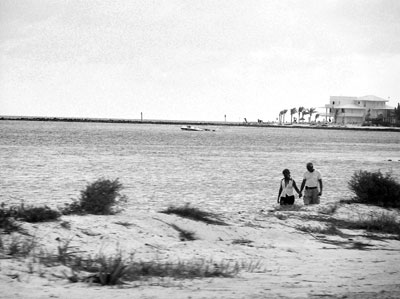All Nonfiction
- Bullying
- Books
- Academic
- Author Interviews
- Celebrity interviews
- College Articles
- College Essays
- Educator of the Year
- Heroes
- Interviews
- Memoir
- Personal Experience
- Sports
- Travel & Culture
All Opinions
- Bullying
- Current Events / Politics
- Discrimination
- Drugs / Alcohol / Smoking
- Entertainment / Celebrities
- Environment
- Love / Relationships
- Movies / Music / TV
- Pop Culture / Trends
- School / College
- Social Issues / Civics
- Spirituality / Religion
- Sports / Hobbies
All Hot Topics
- Bullying
- Community Service
- Environment
- Health
- Letters to the Editor
- Pride & Prejudice
- What Matters
- Back
Summer Guide
- Program Links
- Program Reviews
- Back
College Guide
- College Links
- College Reviews
- College Essays
- College Articles
- Back
Lord of the Flies by William Golding
Despite the vast number of people that exist in this world, no two people are identical. Philosophers and scientists continuously search for an explanation as to why people develop into the characters they are – whether it is their inherent nature or the product of experience that influences the outcome. William Golding and Steven Pinker extensively discuss this eternal debate in their respective writing pieces, strengthening the premise that humans are born with tendencies to be either good or evil, and that external influences play a major role in the formation of a character.
In William Golding’s novel, Lord of the Flies, the author presents his belief that human beings possess the elements of evil and cruelty within them. Fear, control, and power are the key factors that drive the ways in which people behave. Through the main characters of Ralph, Jack, Piggy, and Simon, Golding defines the vulnerabilities that are the root of evil actions. When people are in a predicament, human nature has a tendency to make people take unexpected and anomalous actions.
Taking control of our fears is a perpetual exercise that humans practice. It is a means of self-preservation, as is seen in the novel, in the case of Simon’s accidental death. The boys are so afraid of the ‘beast’ that they want to get rid of that fear as soon as possible. When Simon appears before them as an unrecognized object, they do not even make sure what it is and just kill him, the ‘beast’. The Beast in this instance represents the fear inside the hearts of the other boys.
Civilized society reflects order and control. This orderly control becomes an overpowering and harmful force when the competitive and greedy nature of humanity surfaces. When the boys are stranded on the island, they are isolated and removed from civilization. There are no adults around who can retain order for them. Adults, for children, are a means of control and a life model. A child who has always been around adults is likely to have more restrictions on his or her behavior. In contrast, on the island, the boys are apart from their guardians, living on their own. Without an adult presence, the boys’ innate nature is free to surface. This reflects how behavior can change according to the environment in which a person is placed.
Steven Pinker’s articles give two theories that interrelate to each other in a sense - the Blank Slate Theory and the Noble Savage Theory. The Blank Slate Theory, which was developed by John Locke, states that people are born with no ideas, but develop their behavior through experience. Some ideas are grounded in experience, which varies from person to person, and differences of opinion arise not because one mind is equipped to grasp the truth and another is defective, but because the two minds have had different histories. Young children have no notion of discrimination, but as they grow, society colors their view towards different races. Locke upholds the equal origin of humans as he describes the occurrence of slavery as a manmade product of injustice rather than a result of inborn traits that determine whether or not a person is a slave. This leads to Rousseau’s idea of the Noble Savage, where man is defined as selfless and a pacifist by nature. Hobbes, in contrast, believed that humans needed a source of control and organization in order to keep their easily provoked evil tendencies in check. Although these theories each approach the idea of human nature from opposite poles, they converge with the idea that it is civilization that brings on transformations in human behavior.
In Lord of the Flies, the boys’ transformation into violent ‘savages’ explain the theories upheld by Pinker and Golding. It may be safe to say that individuals are shaped by a mix of inborn traits, whether good or evil, combined with the outside influences and experience that mold each person into who they are.

Similar Articles
JOIN THE DISCUSSION
This article has 0 comments.
